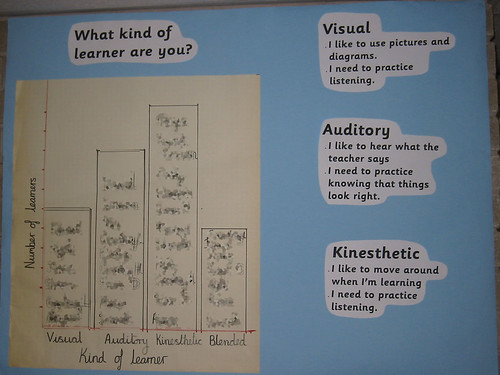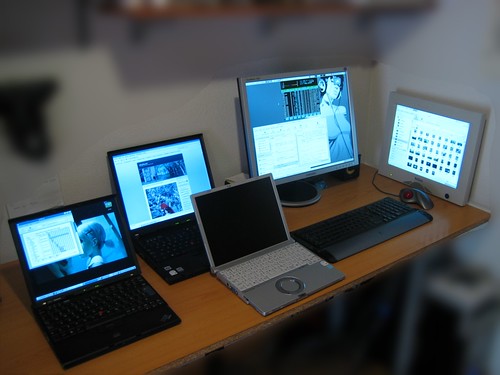My students are first- year writing students. They come from a variety of backgrounds. I have had students from everywhere from Watervliet, a small town in Michigan, to Saudi Arabia. I have had students with exemplary writing skills and students that struggle through each paper. I also have students who are proficient with technology and those who are not.
My students are also incredibly diverse in terms of their majors as well as the integration of their major and technology. For example, one student last semester was an art major who was highly uncomfortable with any form of technology beyond paper-based. She immediately protested the Remix assignment as she had never used software to create a digital composition.
On the opposite side of the spectrum, one student last fall used some program that I am not aware of (perhaps he used imovie?) to create a cartoon of his research paper which was about cloud computing. I should have asked him to teach the class how to make cartoons. Instead, perhaps because it was my first semester teaching and I did not fully understand what a valuable resource my students could be.
My students do have unique learning needs- mostly that they require extensive instruction on what papers should look like in their field (that is, they are unaware of the academic discourses of their subject area) as well as the standard ways of utilizing and accessing research. That is, they need help navigating the online spaces that facilitate research in their field.
Going forward, the most important thing to remember about my students and working with technology is that students can teach me as much or more than I can teach them, partic ularly in regards to technology. That is, if a teaching moment appears in a class (such as a student who could teach the class), it is important for me to recognize that and to take a backseat to the learning.
ularly in regards to technology. That is, if a teaching moment appears in a class (such as a student who could teach the class), it is important for me to recognize that and to take a backseat to the learning.












